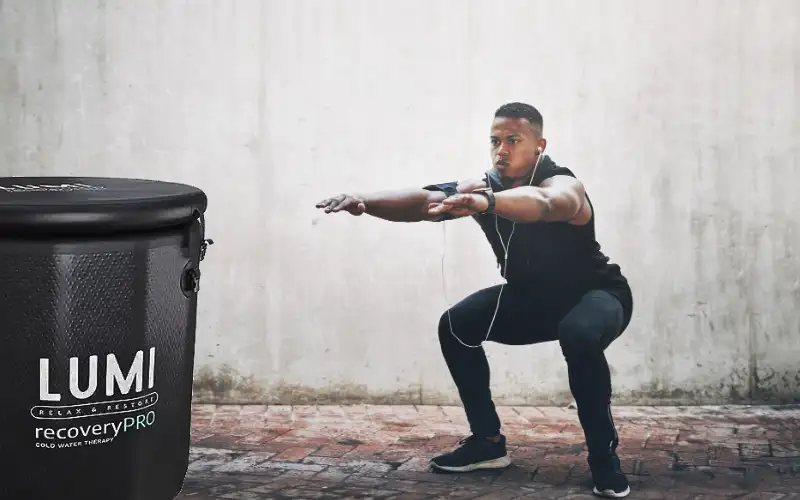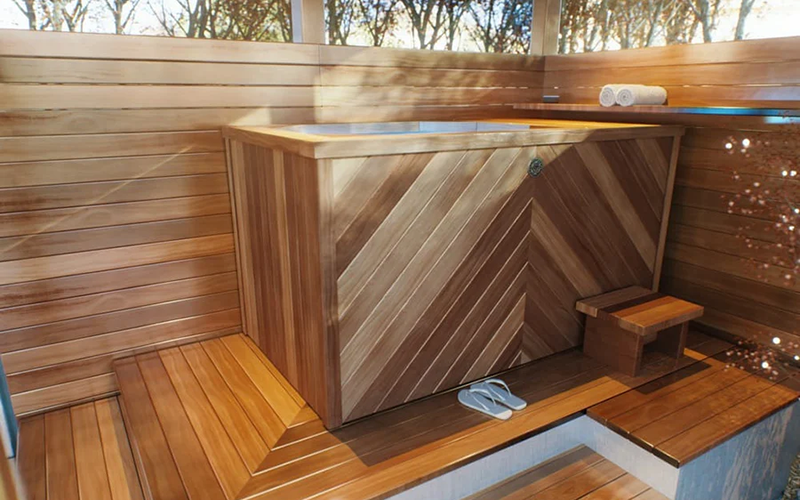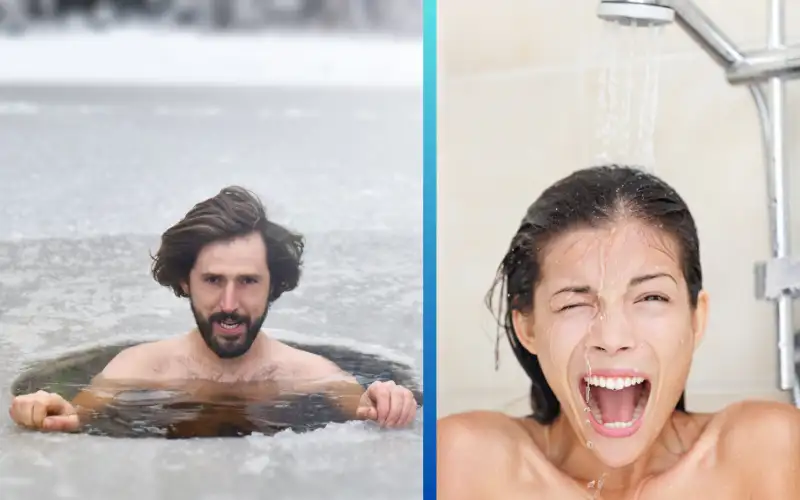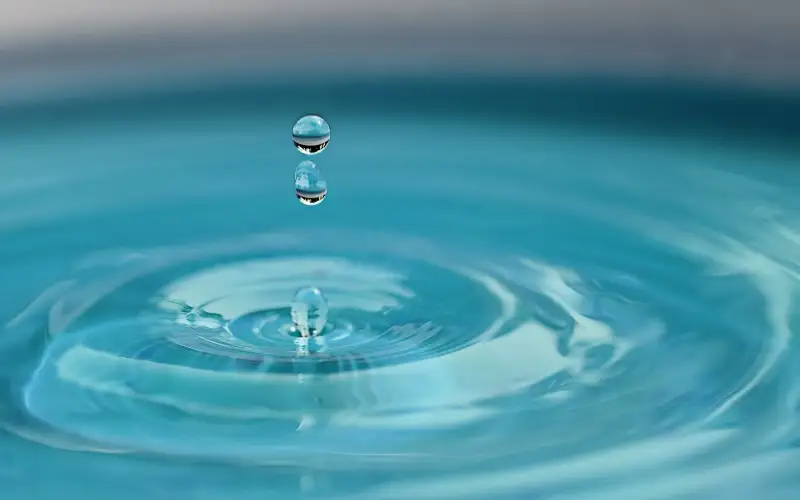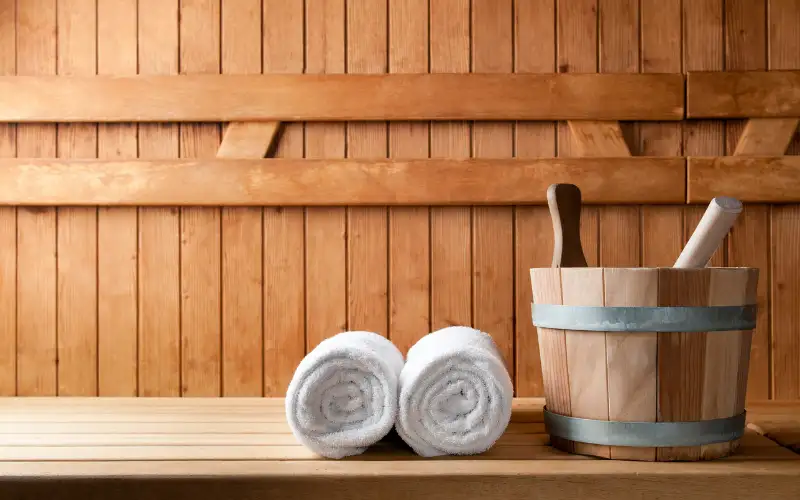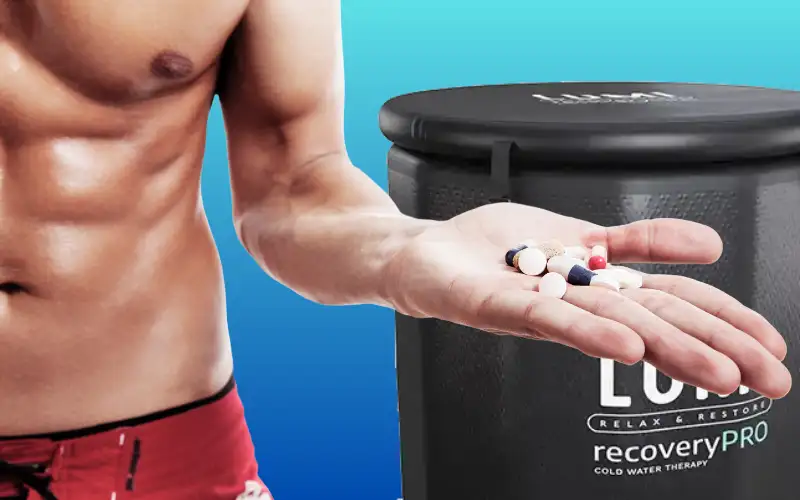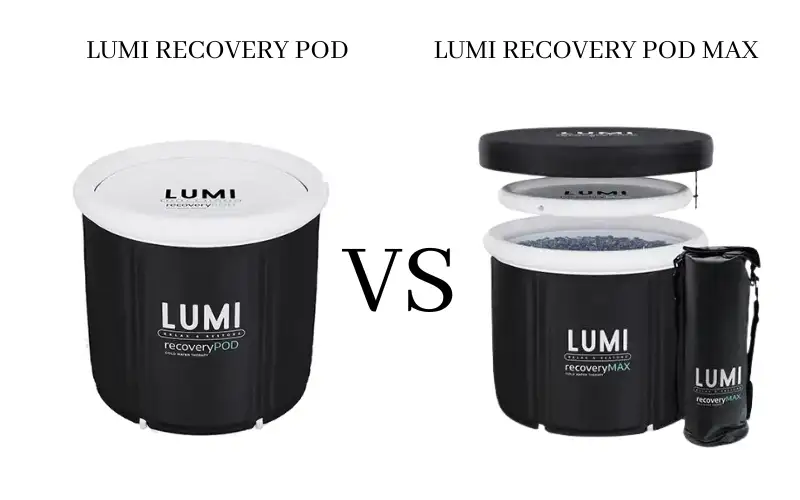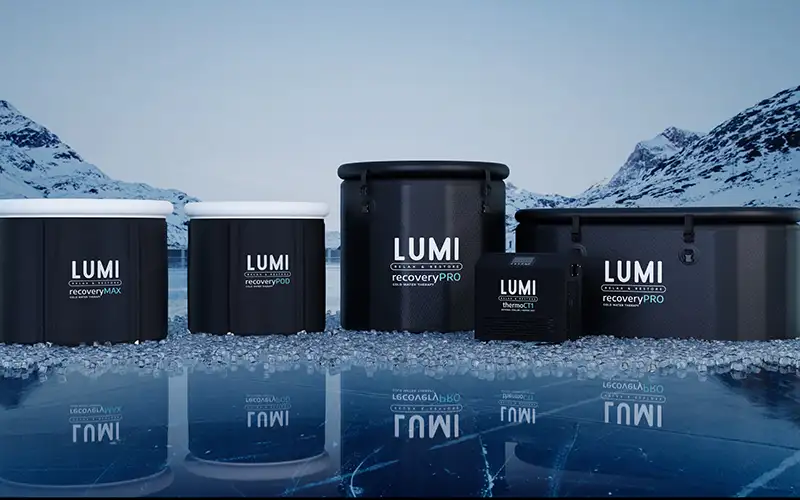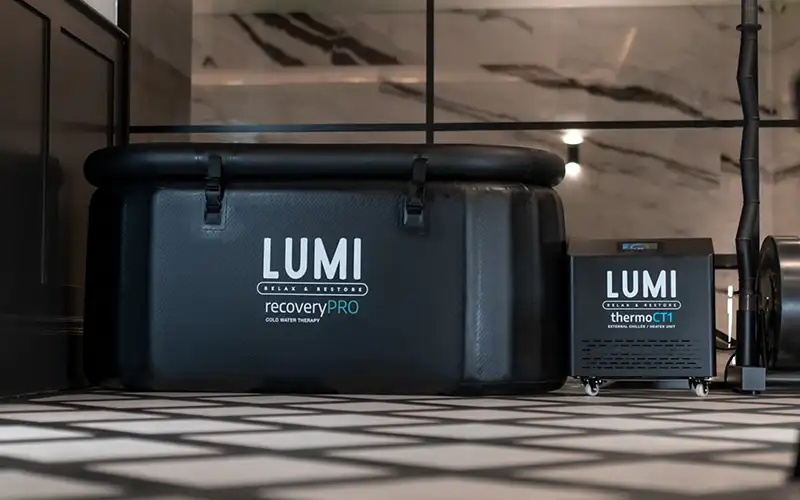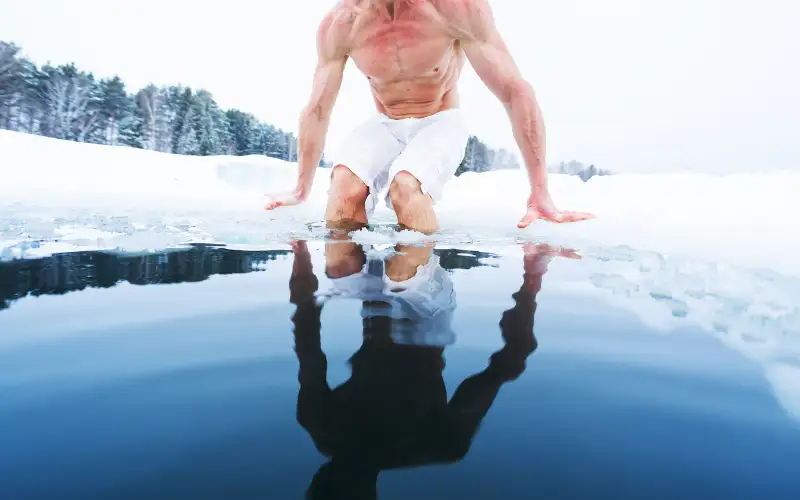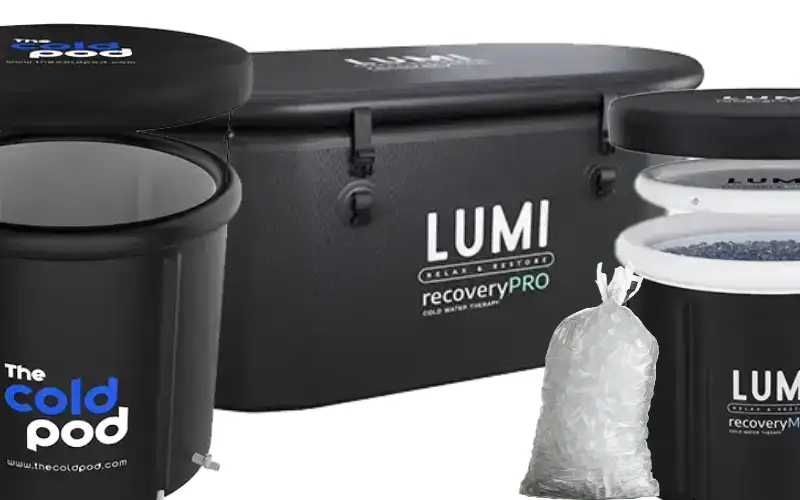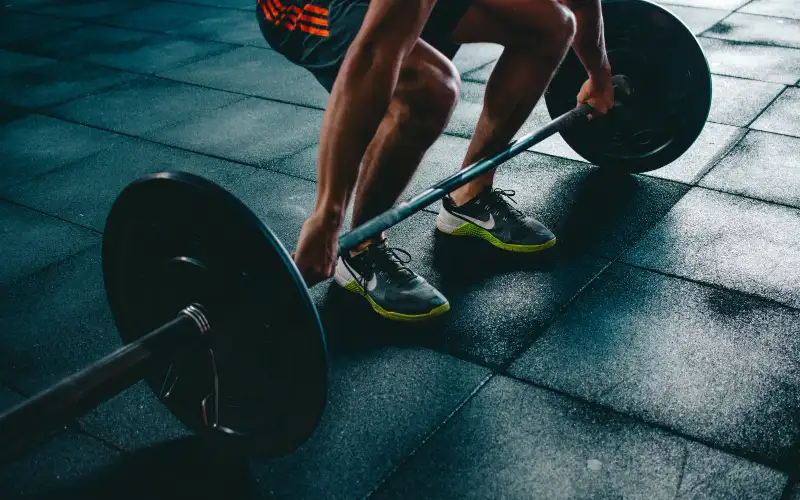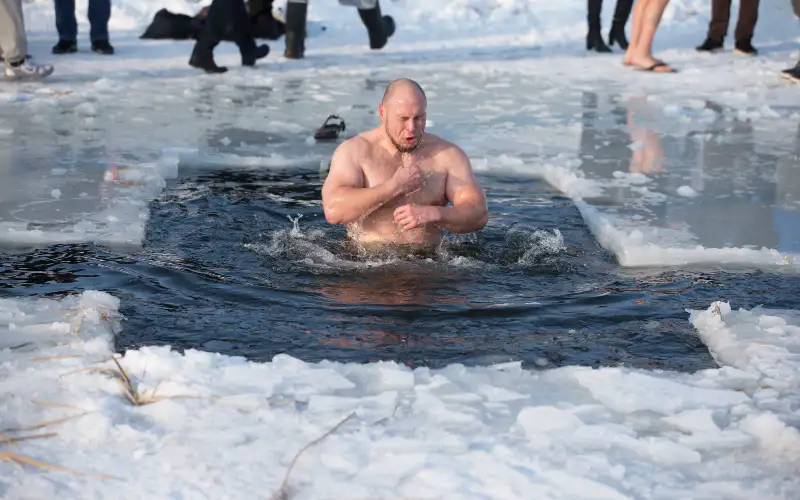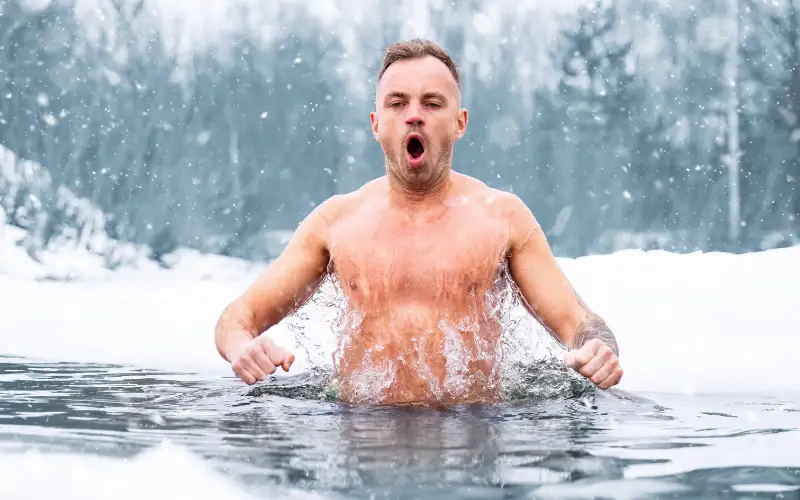There’s nothing like the shock of an ice bath to make you question your life choices. But often it’s as you emerge from the ice bath that the real challenge begins: warming up. But before we dive into the warming-up shenanigans, let’s take a moment to appreciate the sheer audacity of willingly submerging ourselves in freezing water. What possesses a person to trade comfort for the temporary agony of an ice bath?
It’s a question that has baffled even the most seasoned chill-seekers. Perhaps it’s the promise of improved circulation, reduced muscle soreness, or the bragging rights that come with surviving the ordeal without bailing out. Whatever the reason, here we are – chilled to the bone. So now what?
How long should it take to warm up after an ice bath?
Depending on how cold your ice bath is, or how long you’ve spent sitting in the frigid water, it’s not unusual for it to take a few hours to properly warm up. Getting the balance right so that you get all the benefits without the effects of the cold creeping too much into your day is crucial. Nobody wants to be still shivering at lunchtime after their early morning ice bath.
There is definitely a formula involving time and temperature to help you hit the sweet spot, but it’s very dependent on your goals, your daily routine and how cold-adapted you are, so it’s different for everyone. I won’t go into it in this post, but sufficed to say, if you find yourself taking too long to warm up, you’re either hitting the ice too hard and your exposure time to temperature ratio is off for your body, or you aren’t doing enough to help your body get equalised afterwards.
You can’t expect to have a 15-minute ice bath at 2°C (which would be pretty hardcore), then go and sit behind a desk all day, and expect to feel good. Sure, if you’ve built up to that and adapted your body to warm itself up after some serious chilling, it might work for you. But for the rest of us mortals, we’re going to need to moderate the exposure, take our post-dip activities into account, and use a few techniques to help things along without negating the effects of the ice bath.
If you love the exhilarating effects of ice baths, but hate the prolonged feeling of being cold afterwards, you need to find a way to warm up that doesn’t make it all pointless. So here are some tips to help you get it right. Remember that this is only a guide, and you should do what works for you.
Don’t Warm Up Too Fast
The last thing you want to do, after putting yourself through the challenge of enduring that penetrating cold like a champ, is to waste most of the precious benefits by artificially warming up too fast. Jumping in a hot shower, for example, would not be helpful. It might feel tempting, but taking a hot shower after an ice bath will take away all the good stuff, such as the prolonged dopamine high and increased metabolism. Many of the benefits of cold exposure therapy happen when the body is naturally warming itself back up.
Unless you’re doing contrast therapy (where you move between hot and cold environments, for example, between a sauna and an ice bath, to intentionally dilate and constrict the blood vessels and stretch and contract muscles in a similar way to massage), you would not want to go from cold to hot. Even with contrast therapy, it’s a good idea to end the session with cold, to get the long-lasting benefits as well as the short-term contrast benefits.
Try to let your body warm up as naturally as possible. This gives you the most bang-for-your-buck from the ice bath experience. If you have to shower after your ice bath because you are using chemicals like bromine or chlorine to keep the water clean, then try to have a cold shower – it will still feel warm compared to the ice bath – or just slightly warm if you must.
Prepare for After-Drop
If you’ve never heard of after-drop, it is a phenomenon where the body experiences a further drop in temperature after exiting a cold environment. This will cause you to feel even colder, can make you shiver violently and sometimes feel faint or unwell. The subject of after-drop is quite controversial. Firstly, there are a few different theories as to what causes after-drop, and secondly, there is debate about whether it is significant enough to pay attention to at all. I will attempt to clear it up, and explain it as I understand it.
Theories about After-Drop
One theory says that after-drop is a result of premature vasodilation. Essentially, the theory states that cold blood from your outer areas returns to your core when blood flow is re-established after you have exited the water and started to warm up, resulting in a sudden drop in body temperature. However, this explanation has been rejected by most experts.
A more simple explanation, and one that is now more widely accepted, is that of conductivity. Your body has been cooling from the outside in, and even though you’ve got out of the ice bath and your skin is now warming up, that wave of cold is still making its way to your core. So you might feel some external relief and warmth on the outside for a short period, but your core is still absorbing that wave of cold.
Think about when you take a piece of roast meat out of the oven to rest, and the residual heat causes the temperature in the middle of the meat to increase by a few degrees, even though it’s away from any heat source and just sat on the kitchen counter (this is why you should always pull your meat from the oven when the centre reaches a few degrees below your target temperature).
How to Avoid After-Drop
The confusion does not stop there, however. Advice on how to avoid after-drop is also inconsistent. Some sources suggest that warming up too quickly will lead to after-drop, because it causes the blood vessels to dilate too soon. Others suggest warming your extremities quickly will help avoid residual cold conducting to the core. So what should you do?
If you stay sedentary after an ice bath, perhaps curled up in a ball under a blanket, you’ll likely experience after-drop via conductivity since you aren’t doing much to warm yourself up. If, on the other hand, you stand in front of a fan heater to warm up immediately after your dip, or jump in a hot bath, you could be undoing everything you were trying to achieve from your ice bath session.
Allowing for After-Drop
Personally, when it comes to cold therapy, especially taking particularly cold ice baths, I think some after-drop should be expected, and even planned for. Going back to the roast meat analogy, I’m not going to wait until the centre of the meat is at the perfect temperature before pulling it from the oven, then have to plunge it into ice to prevent it from overcooking from residual heat. Time your ice baths and allow for after-drop. Don’t look at after-drop as undesirable in this instance. Instead, view it as part of the process.
Of course, if after-drop does make you shiver uncontrollably or feel unwell, you’ve overdone it in the ice bath, and the best thing to do is get warm as quickly as you can. After-drop rarely impacts the overall body temperature by more than 1°C, and if such dips in temperature take you over the edge, you’re pushing yourself too far. Err on the side of caution, and get out sooner rather than too late.
How Should You Warm Up After an Ice Bath?
So, given all of this, and bearing in mind we want to maintain as many of the benefits from your ice bath session as possible, what’s the best way to warm up after an ice bath? Here are my recommendations:
1. Dry off immediately and remove your wet gear
There’s no need to suffer longer than you need to, so getting yourself dry straight away will avoid any unnecessary discomfort. Since many people are outside when they take an ice bath, even a slight breeze on wet skin can be enough to make you reconsider your life choices.
Changing robes are perfect for this, as they dry you off quickly and are much warmer than simply wrapping yourself in a towel. It also means you can change out of your wet gear straight away, which is essential. One of my favourite changing robes on the market is this one from Wild Moose.
My tip is to quickly pat yourself down with a towel first to get most of the drips off, so you aren’t getting your changing robe too wet. Since you’ll likely be at home, it’s no big deal to have a towel and a robe with you. Often I’ll use my Seashell Towelling Robe instead, which is a 2-in-1 solution and much easier to dry out, although it’s not quite as warm as a waterproof changing robe.
2. Get dressed as soon as possible
Granted, this one’s fairly obvious, but it’s worth mentioning because I’ve seen many people sit for half an hour in a changing robe to try to warm up, which, in this instance, won’t help. Changing robes are great for keeping you shielded while you dry off and change out of wet gear, preventing you from getting even colder, but the quicker you can dry off and get dressed, the faster you can move on to the next step. They also don’t cover your feet, which will be one of the coldest parts of your body after an ice bath. Getting socks on as soon as possible will help immensely.
4. Do some light movement
Emphasis here on light – you really do need to ease into it to avoid injury. I often feel a little like Bambi trying to walk for the first time when I get out of my ice bath, and I’m moving like a sloth for the first few minutes, a natural effect of the limited blood flow to the muscles and joints. Jumping straight into some kettlebell swings would not be a good idea.
Instead, do just enough to get the blood flowing. Start by wiggling your fingers and toes and rotating your wrists and ankles before moving on to full-body movements. A few gentle star jumps will do the trick to start with, followed by some lunges or air squats. Or you could try the “Horse Dance”, a method used by Wim Hof, which involves squatting as if mounted on a horse, then twisting your torso from side to side by extending your arms across the body.
Whatever you choose to do, take it slow. You shouldn’t be trying to get a sweat on here. Remember, many of the benefits come from the body’s natural processes whilst warming itself up, so we want to let it do its thing as much as possible.
And if you intend to work out after your ice bath to increase testosterone, you need to spend much longer than usual on your warm-up. Ramp up the movements slowly and steadily until you feel flexible and mobile enough.
3. Try some Wim Hof Breathing
Hopefully, you employ one of our ice bath breathing methods while in the water to help you remain calm in the face of the stress of the cold. But after exiting the water, you can crank things up a notch and add to the euphoria by doing a few rounds of the Wim Hof Breathing Method. You should never do this in the water, but after is fine.
This rapid and deep breathing exercise will gently warm you whilst energising you and making you feel even more amazing. I always do this after a morning ice bath, and it really sets me up for the day.
Take 30-40 deep breaths, fully in, then letting go, with no pause between breaths. Then, on the last exhale, stop and hold without air until you feel the urge to breathe again. When you do, take a full deep breath and hold for 15 seconds before letting go. Repeat for 3 or 4 rounds.
4. Have a Hot Drink
This will help warm you from the inside, and if you drink the right thing, it will give your body all the nutrients it requires to recover from your ice bath. My go-to beverage after an ice bath is black coffee blended with 25g of grass-fed, unsalted butter (or ghee – this one is my favourite), and 1 tablespoon of C8 MCT Oil (this one is great value). I also whack in a scoop of my favourite chocolate protein powder for a gorgeous, velvety mocha. Delicious!
Another one of my favourite post-ice-bath beverages is bone broth. I usually make my own, but you can buy it pre-made too. A hot bowl of nutritious soup or stew is another great option to help warm you up. Think hot and healthy.
5. Warm your hands and feet
If you still feel uncomfortable, focus on warming your hands and feet first. These will likely be the coldest parts of your body. The Hottum from Wild Moose is a godsend after a cold-water swim, and it works just as well after an ice bath.
If you find your hands and feet are affected frequently, there’s no shame in keeping your hands and feet out of the water during your ice bath. Keeping your feet out is not practical in a pod or barrel-style ice bath, so you could always try wearing thermal neoprene booties like these, which will stop your feet getting as cold.
Key Takeaways
The thing to remember here is to find the right balance between maintaining the benefits and feeling comfortable after your ice bath. Dry off quickly and get dressed straight away. Do some light movement, followed by some breathwork, then grab yourself a hot drink. Doing this should be enough to take the edge off and allow you to get on with your day in comfort, whilst still benefitting from the positive effects.
The goal here is to support your body through the process. After all, it has been through stress, but we are gently teaching our bodies to cope with that stress, so we want to allow it to do most of the work itself.
In general, you should feel pretty damn good after an ice bath. If you feel sluggish and miserable afterwards (which can happen, as your body does expend a lot of energy), consider taking shorter ice baths, or doing them less regularly. You could even take a break from them for a little while.
It can be tempting to push yourself, but cold adaptation requires a disciplined and incremental approach. Build up your tolerance slowly and enjoy the process. More is not always better. Do what makes you feel good, and don’t force it. Go into the cold willingly and happily. That is what it’s all about.
Feel free to add your experiences and suggestions, or ask any questions in the comments. Above all, enjoy it!
